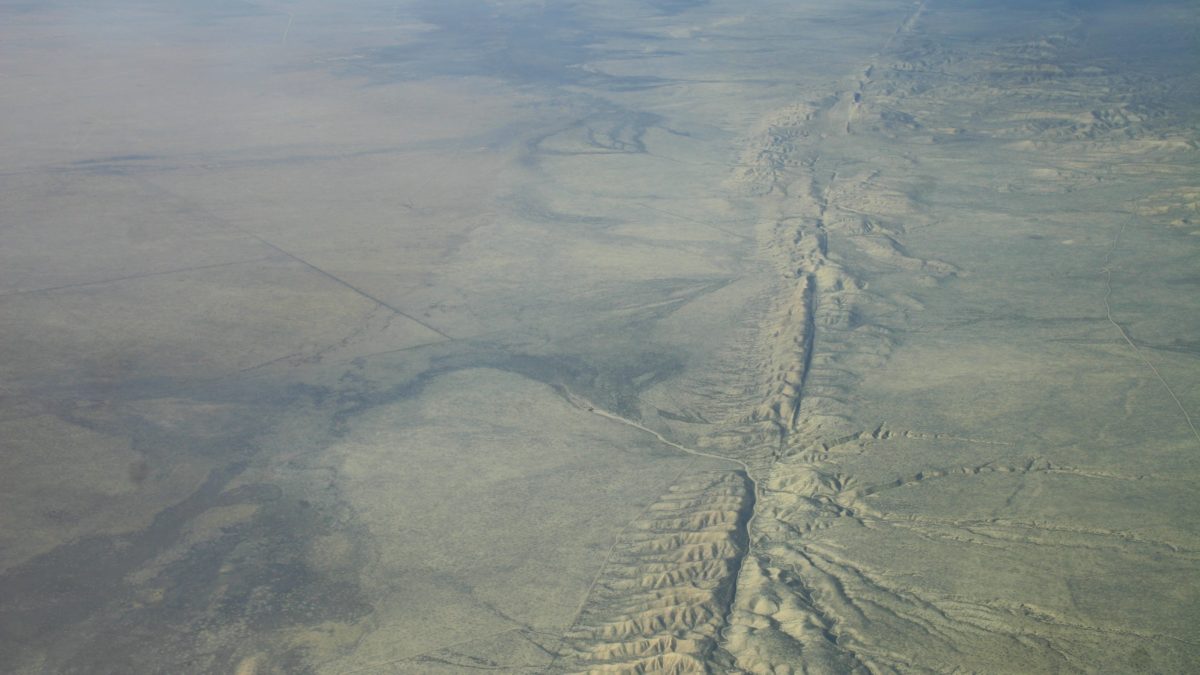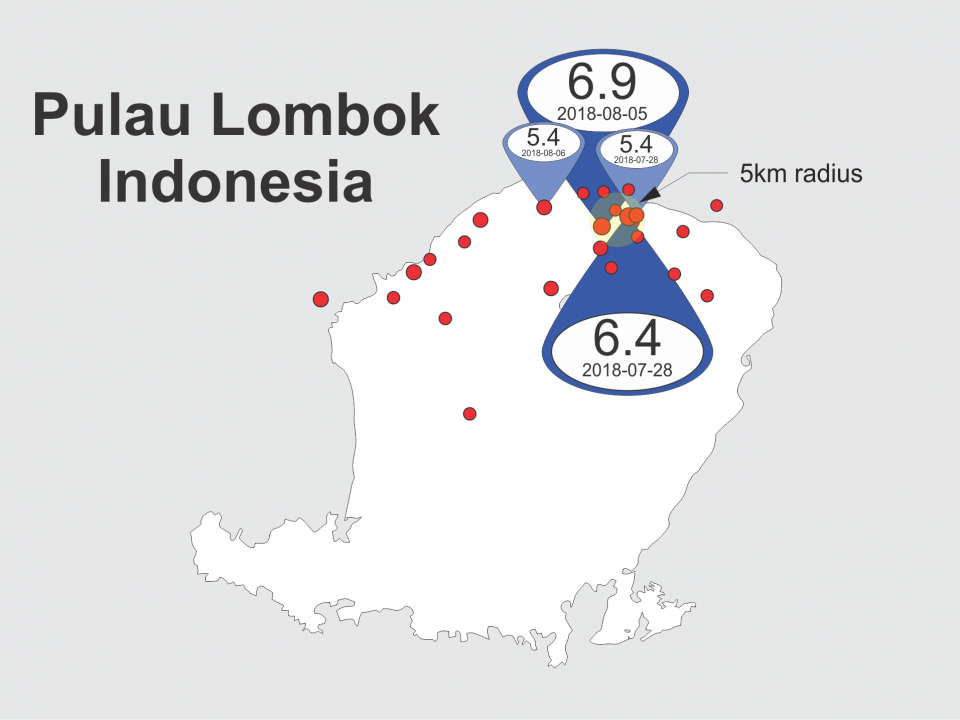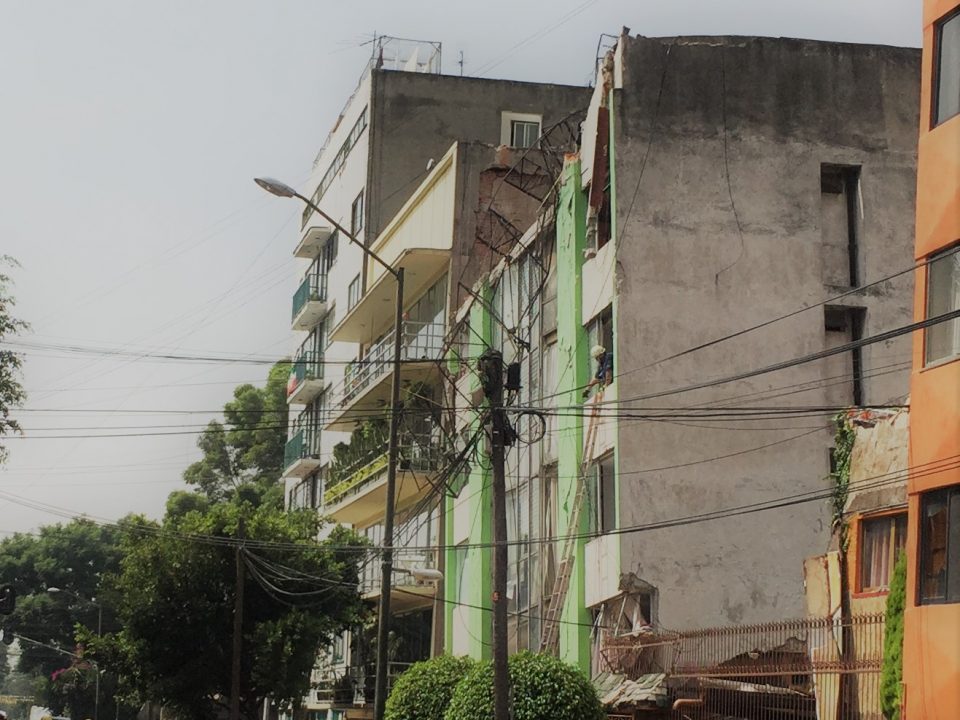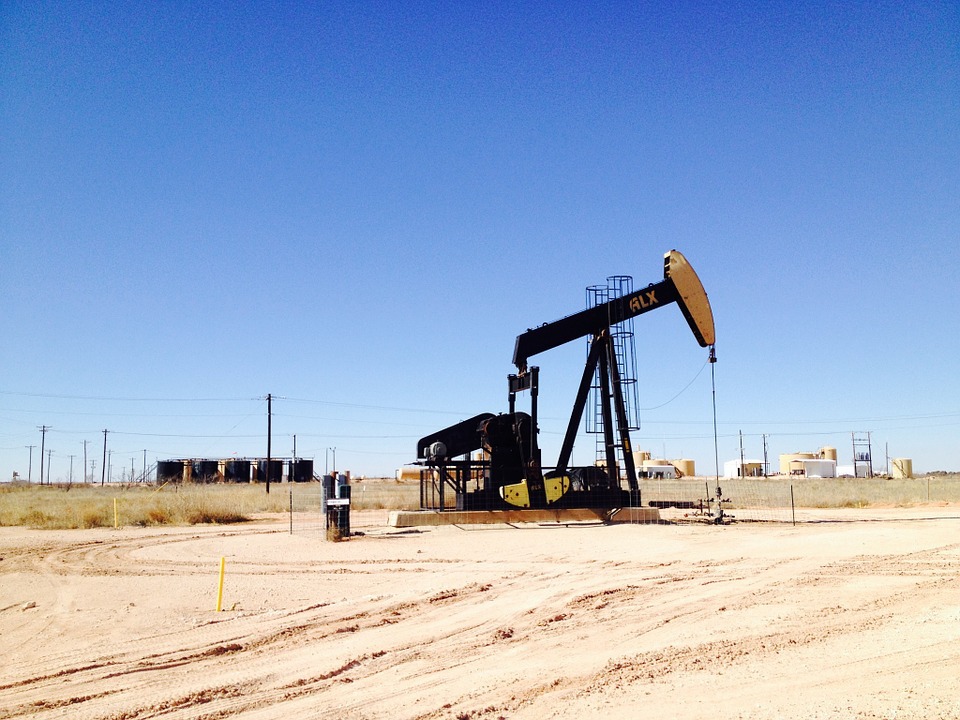
Man-made Earthquakes? Aren’t the natural ones enough?
September 5, 2016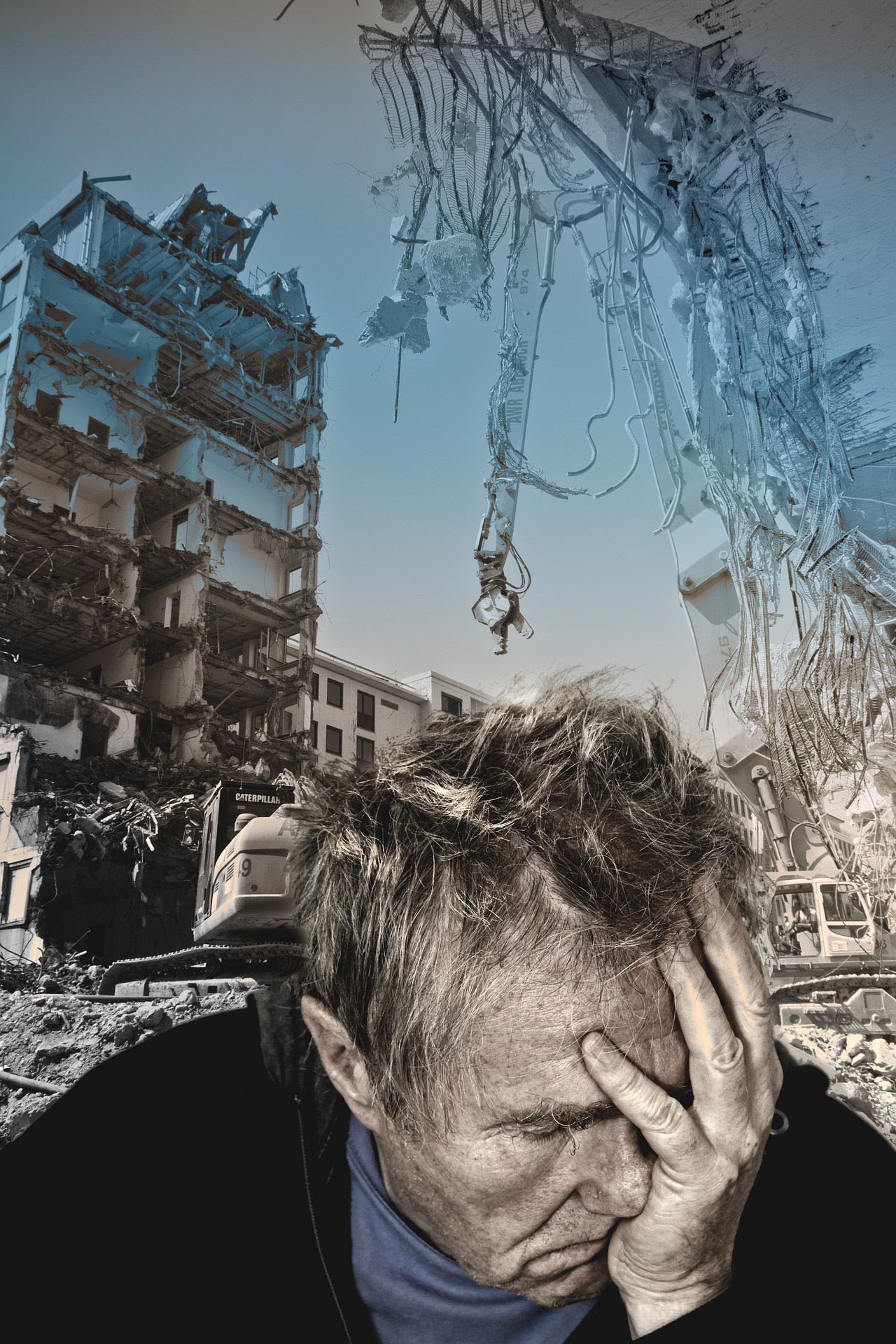
Homeless After an Earthquake?
December 4, 2016An earthquake warning has been issued by the USGS for California following an earthquake swarm in the Salton Sea just along the southern segment of the San Andreas Fault. Some will inevitably say this means the big one is coming, and they could be right, though the probability of a magnitude 7.0 or greater in the next week is under 1%. It does, however, raise an important question, when the big one comes, and it will eventually… will we be ready?
The southern segment of the San Andreas Fault is capable of causing an earthquake with a magnitude greater than 8.0 just north of Los Angeles. The USGS performed a simulation back in 2008 and estimated that given the current level of preparedness, this would have a major impact on the region. How major? Potential damage to buildings and infrastructure is estimated at 200 billion USD, 50,000 injuries and potentially 2000 deaths (https://pubs.usgs.gov/circ/1324/c1324.pdf). What’s worse is that it’s unnecessary and preventable.
Though the earthquake itself is of course, inevitable, the impact of such an event can be controlled. With earthquake protection technologies where they are today, we have the capability to prevent or at least drastically reduce the impact of such an event. We of course, manufacture one such technology but there are many to choose from. What you might be surprised to hear though is that we regularly promote competing products. Why? Simply because there is no one size fits all solution. There are applications where friction dampers excel and others where you’re better off using a viscous damper or base isolators (compare earthquake protection technologies). The only real competition is Us against the mighty temblor and I know we can win. The importance is getting damping and isolation technologies where they need to be, in our hospitals, our offices, our schools and our homes.
Which leads us to the silver lining of the 2008 USGS study. The potential damages so regularly cited are assuming that no new preventative measures are taken. This is where we need to focus our attention when we read “chicken little” style news headlines. When these headlines grab our attention we should take advantage to brush up on earthquake safety (drop, cover, hold), make sure hazards in the home are well secured and most importantly have the tough conversations as to how ready are our homes and public spaces.
So while many news outlets report that the end is nigh, let’s not go to 100% Red Alert. So, No, the increase in seismic activity in the Salton Sea doesn’t necessarily mean the big one is happening now… but, let’s not keep ignoring the warning shots

